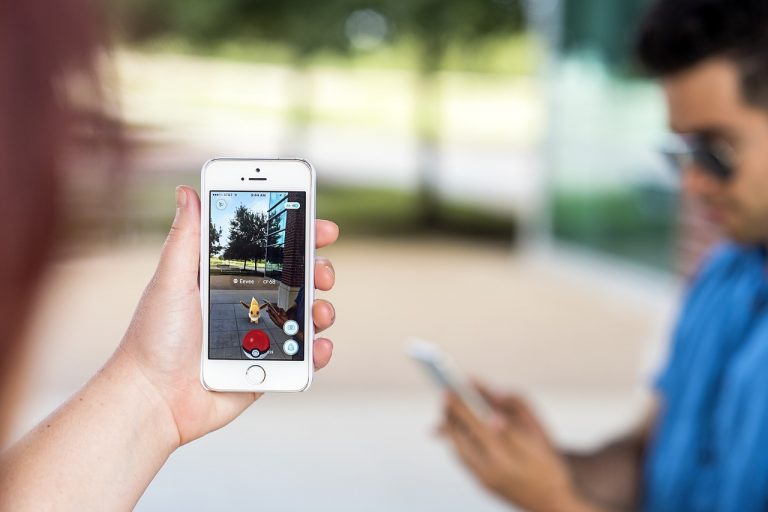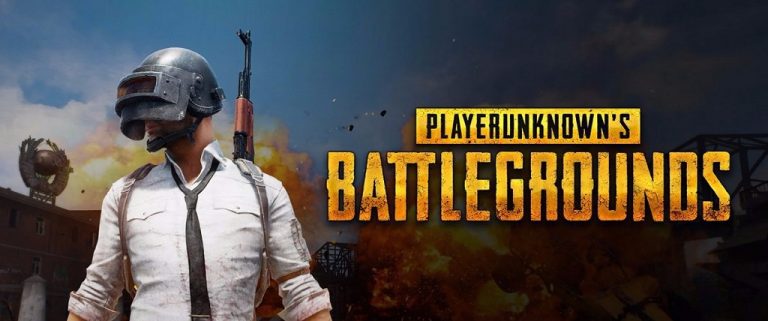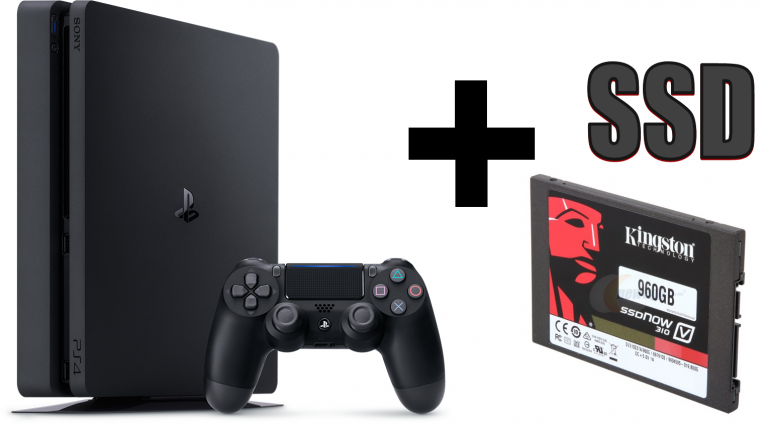The Differences Between AR and VR

Virtual and augmented reality have a lot in common. Both of them are noteworthy for their capacity to transform our perspective of the world around us.
In virtual reality, the user is able to be shifted to another location. In other words, take us somewhere else. As we wear goggles or visors that shut out the room’s light, VR makes us feel as though we’re somewhere else entirely.
When you put on a virtual reality headset, you will be unable to see the real world, rather you will be able to see and experience new sensations in the virtual one. You may even reach the summit of Mount Kilimanjaro during your trip. In some cases, users describe feeling like they’re on a rollercoaster or ascending a stairwell in the virtual world. Also have a look at the article we have covered about Metaverse.
AR, on the other hand, augments what we already see in the actual world. We aren’t taken anywhere else by it. Our existing condition of presence is not altered; rather, it is “augmented” with clear visors.
The camera of a smartphone is frequently used in augmented reality (AR) to add digital features to a live view. There are several instances of augmented reality experiences, such as Snapchat glasses and the Pokemon Go mobile app.
What’s the True Difference Here?
For comparison, let’s use visiting the aquarium and scuba diving.
It’s possible to swim with sharks in virtual reality. You may also see a shark emerge from your business card using augmented reality.
Unlike virtual reality, augmented reality (AR) does not necessitate the usage of a head-mounted display, allowing for greater flexibility for the user and greater opportunities for marketers.
What’s Hot in Augmented Reality?
At Build 2015, Microsoft stole the show with their HoloLens showcase. Augmented reality has never seen anything like HoloLens, which has made headlines by portraying the most innovative image of what AR will become in the future.
Essentially, Microsoft is bringing your PC into your living room via interactive holograms. You can virtually surround yourself with your Windows programs with HoloLens. This is widely seen as an incredibly immersive and promising technique.
Cramer was lucky to be one of the first agencies to obtain the developer version of the HoloLens. For product demos and more, they’ve already started using AR technologies.
Pokemon Go, an augmented reality game, captured the attention of the globe in 2016. For the first time, AR was accepted by the general public and began to permeate our daily lives.
In 2022, virtual and augmented reality are already making tremendous strides forward as businesses develop methods to incorporate scent and touch to extend sensory experiences.
What’s Hot in Virtual Reality?
Right now, virtual reality (VR) is a trendy issue. But then, we’ve already been here once. Virtual reality has been touted as the next big thing before, only for the technology to die out once customers got their hands on it. Many elements including the next generation of VR headsets will determine whether or not this time around things will be different. This is the current state of affairs, at least as we perceive it…
First-generation devices like the Oculus Rift and HTC Vive are miles ahead of their predecessors in terms of functionality and design. With the correct software or demo, the experiences are more immersive and compelling.
Second, practically all visual computing businesses focusing on complementary or ancillary technologies have a major focus on virtual reality (VR). For example, NVIDIA and AMD have invested a lot of time and money into making their products VR-ready. This new hardware is significantly more powerful than anything that was available for previous-generation VR gear. As a result, the user experience and immersion are enhanced.
Thirdly, the motion nausea that many users would feel when using VR for a lengthy amount of time has been much reduced, or eliminated in many situations, thanks to improved, more refined hardware and optimized / well-tuned software. Virtual reality headsets like the Oculus Rift and HTC Vive don’t make me people woozy anymore.
Lots of VR-specific software is currently under development. A few developers have tried to add virtual reality functionality to existing games or other media, but the results have been disappointing. Today, however, such is not the case.
The Adoption Rate of AR/VR
Despite the fact that augmented and virtual reality are gaining momentum and becoming more important in our contemporary economy, they are still more of a toy for a tiny percentage of marketers and tech aficionados.
This may be compared to the early days of video gaming. Consider the N64, a Nintendo console. Although 007: GoldenEye was a groundbreaking video game at the time, its polygon count is quite low. Polygons are the simplest type of 3D, and the more polygons that make up a picture, the better the 3D resolution.
There are already billions of polygons in today’s games, and that number is only increasing. These days, game trailers seem more like movies than they do game trailers, which speaks well for the future of virtual and augmented reality (VR and AR).
These animated worlds will gain public acceptance as a gaming, brand experience, and communication medium when they become lifelike enough to be an overlay or be fully immersive.
Virtual Reality in Marketing Campaigns
The One for One® initiative was developed by Toms, a shoe brand well-known for its social responsibility and generosity. For every pair of shoes purchased, Toms donates one pair to a kid in need (at 60 million and counting). However, explaining to customers the full significance of their purchases has never been an easy task. The social goal of Toms was brought to life through a virtual reality (VR) experience for customers in their local stores. “A Walk in Their Shoes” is a virtual reality video that tells the story of a skateboarder’s travel to Colombia to meet the youngster who received a free pair of Toms shoes as a result of his purchase.
Footwear provided by strangers in a tiny Colombian hamlet is shown to protect children’s feet from shattered glass and debris in this heartwarming documentary. Viewers of the video, whether on a computer or a smartphone, could pan and tilt the image to get a better sense of the voyage. Using the technology in this way is not only incredibly effective, but also highly effective for marketers.
With more than 2,000 furniture products, IKEA has created an interactive virtual reality experience, dubbed IKEA Place, that allows consumers to visually renovate and redesign their kitchens or living spaces. It’s as if these items were real, and you can walk about them and interact with them. It’s quite magical to behold. A variety of furniture arrangements and other objects may be interacted with by users as if they were physically standing in the rooms. In this way, they are able to experiment with numerous combinations of color and style before making a purchase.
Automobile manufacturers like Volvo and Audi are also now raising their chins. Car buyers can now take a virtual test drive using a smartphone and a Google Cardboard headset, thanks to an app called Volvo Reality. Volvo Reality puts customers in the driver’s seat and takes them on a road trip across the country to experience the XC90 SUV without them having to go into a dealership. Audi, for example, has more than 1,000 virtual reality shops.
Diesel’s latest virtual reality marketing effort may also offer some surprising insights on how VR may be used for marketing. Diesel’s “Only the Brave [fragrance] for Men” VR experience, dubbed “The Edge,” was developed for L’Oréal’s Diesel brand.
Haptic (touch) sensations are provided to the viewer. The viewer is perched on a precarious ledge of a swiftly collapsing tower, and they must carefully inch their way to a window to retrieve the “Only the Brave” perfume. They can see other buildings all around them, several of which are below them. In addition, the Brave’s faces are blown by fans controlled by software, heightening the sense of ledge.
These experiences need to be tailored to a certain group of people who will like, appreciate, and identify with the businesses and brands that provide them.
Conclusion
While the applications accessible in each of these categories are genuinely breathtaking, they represent simply the tip of the iceberg due to the technology that powers them being so new. Until then, we may take advantage of the learning opportunities these new technologies are providing us with.





![Top 6 Fastest External Hard Drives for Xbox One [2018]](https://hddmag.com/wp-content/uploads/2017/05/fastest-xbox-one-external-hard-drive-768x512.jpg)
